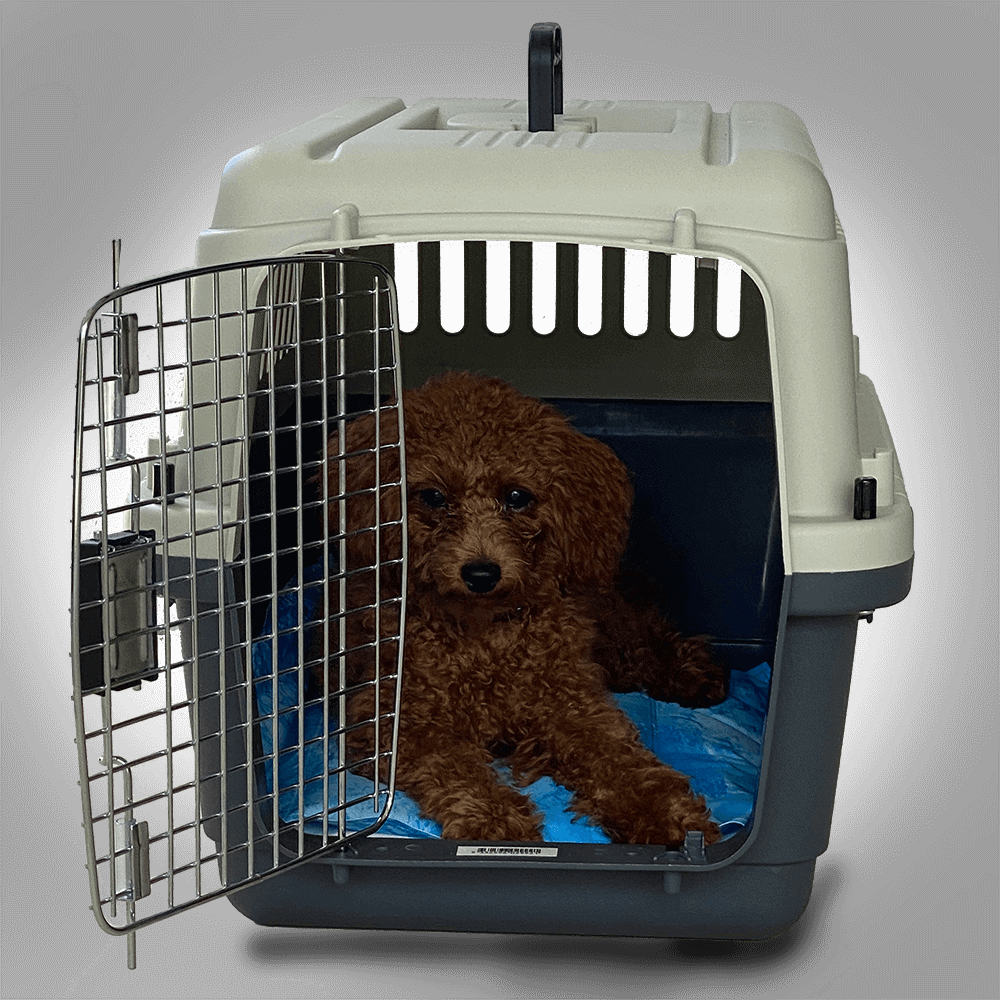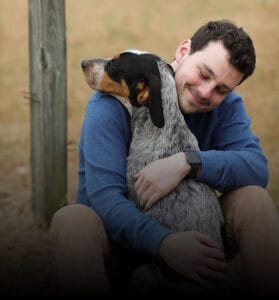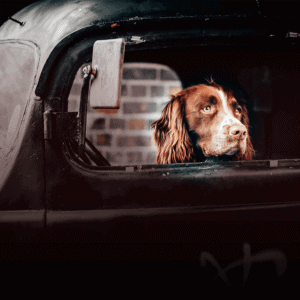In this article we look at the pros and cons of crate training.
Little Rocky, just loves his crate.
Training is a key part of being a puppy parent and a process that takes time and effort and the earlier you start the more success you will have before bad habits form.
When done correctly training your puppy can be a lot of fun and result in a well-behaved adult dog that will become your best friend.
Crate training is one way to make it happen and has become very popular in recent times.
This is a relatively new method of puppy training and it’s particularly useful for toilet training. As well as helping to reduce separation anxiety.
Crate training is not for everyone though and its success will depend on how and when you introduce the training to your pup.
Let’s start by taking a closer look at the pros and cons of crate training and what crate training is all about. Before diving deeper into the pros and cons, and finishing off with some top crate training tips.
What is crate training?
Crate training involves teaching a dog to become familiar with a safe place. The idea is to create a den-like space for a puppy. Somewhere it can retreat to when needed.
As the name suggests, this training method uses a crate, which is a large box-shaped structure. Most crates are made from plastic or metal and are big enough for a dog to lie down, turn around and stand up in.
The main reason to consider crate training is to help with house training a puppy. It works because dogs don’t like to soil their own den. So it’s particularly useful for teaching a puppy that the toilet is outside and restricting access to parts of your house.
Pros and cons of crate training
As with many things in life, there are pros and cons to crate training. Some experts swear by it and fully endorse the method. Whereas others view it as too extreme.
To find out if this puppy training method is for you, let’s consider the pros and cons.
| Pros | Cons |
| Crate training can help with toilet training | Can be associated with punishment if not done correctly |
| It provides personal space for your pup to rest | Can be dangerous if not monitored |
| It can help ease separation anxiety | Crate training can increase anxiety if not done correctly |
| Keeps puppy safe from harmful products | It can be challenging to start and get used to their crate |
| Makes travelling with your puppy easier and safer | |
| Keeps your puppy secure when you have guests |
As you can see, there are many benefits to crate training. Such as teaching the puppy where to go to the toilet and providing an area for the pup to have some personal space and security.
It can help ease separation anxiety by helping your puppy get used to spending time alone. And it can even keep puppies away from dangerous situations, like eating chocolate, chewing household products or running out onto a busy road.
But there are negative aspects to crate training as well. Especially if puppies are left alone for too long too soon, which can cause distress.
According to experts, dogs should only spend up to four hours in a crate when they are being house trained. This is because they cannot control their bladder for any longer. A crate can also be dangerous for a puppy if it’s poorly constructed or not big enough to move around in.
And for some puppies, spending time in a crate can actually increase anxiety. This is an important consideration if your puppy has been rescued or suffered some trauma.
So, if your puppy doesn’t respond well to being in a crate, then perhaps this isn’t the right training method to use. But if your puppy likes the crate, then it can be very effective.
When to start crate training
Most puppies join their new home at eight weeks of age, which is a good time to start crate training. The key to success though is to take it slow.
It’s essential to introduce a new puppy to a crate gradually. This will avoid causing distress or increasing any anxiety he might already have. Don’t forget, your pup will have just been separated from his mum and siblings, which can make puppies even more sensitive to change.
Your pup will also have a short attention span at this age and won’t be able to concentrate on one task for very long. So keep that in mind during the training phase.
As a guide, experts recommend no more than two hours a day in the crate for eight-week-old puppies. Then you can increase the time as your pup becomes more comfortable.
Top tips for crate training
One of the best ways to make crate training successful is to create value for your puppy. This means giving them an incentive to go in there by using dog treats and rewards.
A useful tactic is to turn crate training into a game. Try throwing dog treats into the back of the crate so the puppy will go in to get them. This will help the puppy get used to going in and out of the crate, which will make it a familiar and safe space.
Puppies also respond well to being rewarded for good behaviour. So, think about giving your pup a treat after spending some time in the crate to reinforce the message that he’s been a good boy.
Next, try to be mindful about when your puppy is in the crate. For example, if your puppy is in the crate every day between 9am and 1pm, he might start to associate that time with being locked away.
Instead, start by introducing your pup to the crate at different times throughout the day for short periods. And make sure you’re nearby in case he gets anxious. That way, it will become a sanctuary and a place he enjoys spending time on his own.
Finally, be proactive about toilet training. Remember, this is a little puppy that is still learning how to control a bladder. By regularly taking your pup outside for toilet breaks, you will reinforce the message that the toilet is outside. And avoid accidents from taking place inside the crate.For more tips about being a puppy parent, check out our guide to puppy supplies


















